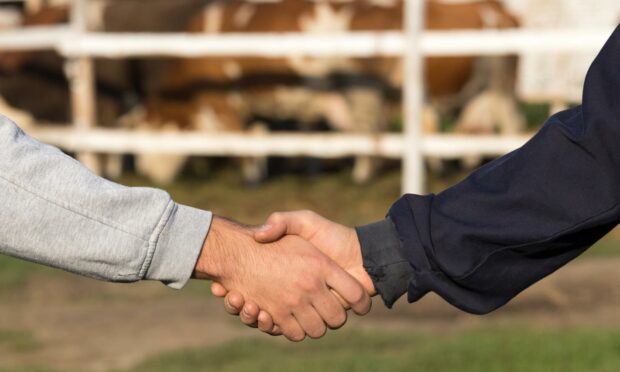UK land-based carbon credits could be worth as much as £1.7 billion every year however farmers should exercise caution when trading their carbon, according to a two-part report launched at the Oxford Farming Conference.
The report, commissioned and funded by the WWF and Tesco Partnership, warns governance of the markets will be crucial and farmers should focus on reducing their own farm emissions before trading their carbon to offset pollution in other sectors.
The first part of the report – The opportunities of agri-carbon market: A summary – was led by the Green Alliance and researchers from Scotland’s Rural College (SRUC) and Manchester University.
It uses scientific research to show which land management practices, such as agroforestry or incorporating soil residues into soils, have the most potential for sequestering carbon on working UK farms as well as making recommendations for how to develop a domestic on-farm agri-carbon sequestration market.
The second part of the report – Natural Capital: The Battle for Control – was led by the Green Alliance in partnership with land agency Savills and the Oxford Farming Conference.
It sets out a series of recommendations for governance of an agri-carbon market and calls for the government to put in place a land use framework and Office for Carbon Renewal to avoid a “dash for carbon”.
James Elliot from the Green Alliance said while the report highlighted the new opportunities for farmers to earn additional income from carbon markets, it also highlighted the pitfalls.
“It’s important that farmers and land managers understand that once they sell carbon credits they can’t then count them towards the farm’s own efforts to cut carbon,” added Mr Elliott.
“Collaborating with their customers to cut emissions and sequester carbon within the supply chain, rather than selling the offsets to other sectors, could be a safer bet for farmers.”
Mr Elliott also warned that poorly operated carbon trading schemes could lead to more emissions than if no offsetting was done.
“We need strong standards, so we know that carbon credits from the agriculture sector are accurately measured, genuinely additional and that the carbon remains stored in the long term.” added Mr Elliott.
“And those buying and using credits must also be doing everything they can to reduce their own emissions in line with limiting global heating to 1.5C, before relying on offsets.”
Savills head of rural research and Oxford Farming Conference director, Emily Norton, echoed Mr Elliott’s words of caution and urged farmers and said: “We cannot jump at this new opportunity without the right safety nets to prevent an overly dominant focus on the most emissions reducing land-use practices, afforestation and peatland restoration, at the exclusion of food production and biodiversity gain.
“The reminder to those landowners keen to trade in these new markets is loud and clear – don’t jump too soon and focus on offsetting your own emissions before giving opportunity to others to reduce their own.”
This year’s Oxford Farming Conference is taking place online due to Covid-19 restrictions.

